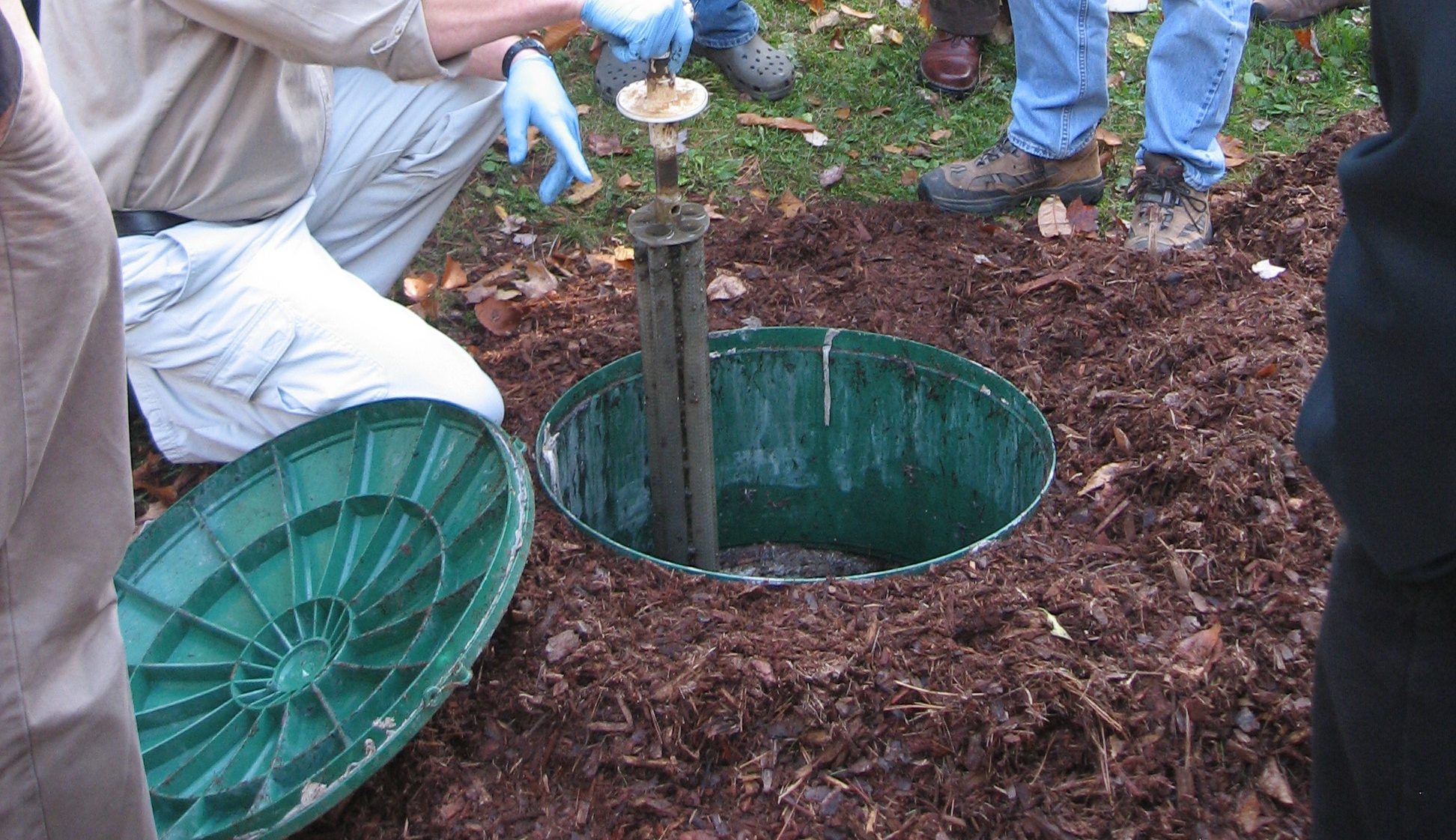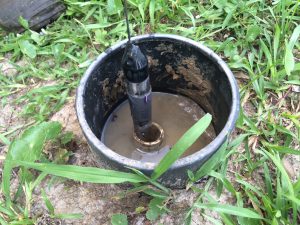Humphrey C, Iverson G, Underwood W, Cary S, Skibiel C and O’Driscoll M (2019). Nitrogen Treatment in Soil Beneath High-Flow and Low-Flow Onsite Wastewater Systems. Journal of Sustainable Water in the Built Environment 5(4): 04019006. doi:10.1061/JSWBAY.0000888
Abstract
Reducing nitrogen loading to water resources is a goal for resource managers in many regions experiencing water quality degradation. Onsite wastewater systems (OWS) are used for treating wastewater in rural areas and may be significant sources of nitrogen. Most OWS are designed and constructed for dwellings/facilities with relatively low flows (<1,400 L day−1); and thus, most research has focused on evaluating treatment efficiency of small systems. However, high-flow (>10,000 L day−1) OWS, serving schools and large businesses, also discharge septic tank effluent to the subsoil, but less is known about their treatment efficiency. Four OWS, including two low-flow (<1,400 L day−1) and two high-flow (>10,800 L day−1) OWS were monitored to evaluate their nitrogen treatment efficiencies. Results showed that low-flow, gravity distribution OWS in clayey soils were more efficient at reducing the concentration and mass of nitrogen in wastewater relative to pressure dosed, high-flow OWS in sandy soils. Soil type was likely a factor in the differences in nitrogen treatment, and additional research on high-flow OWS installed in clay soils is suggested.




